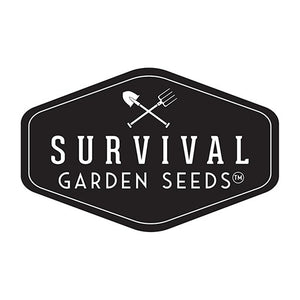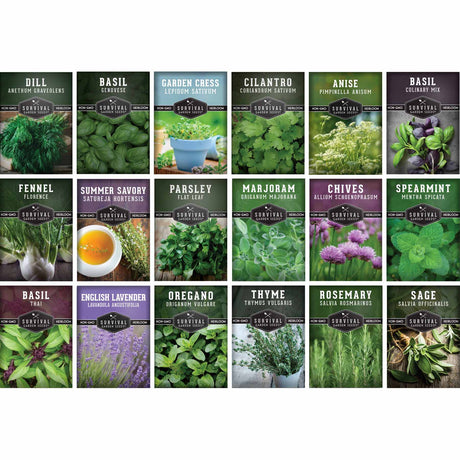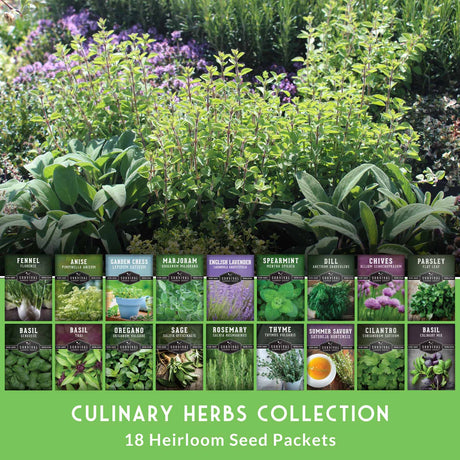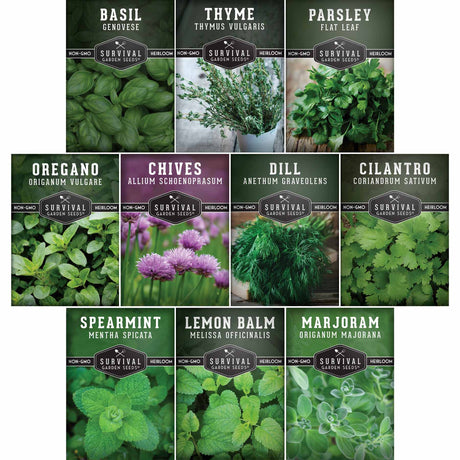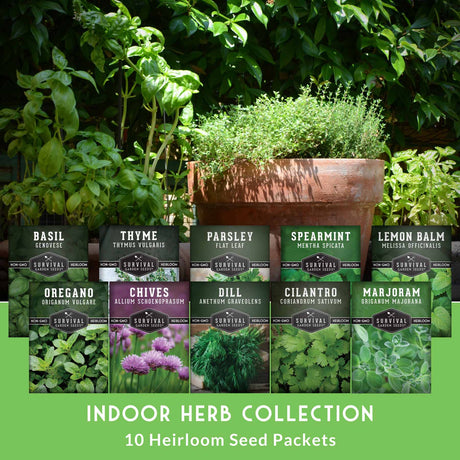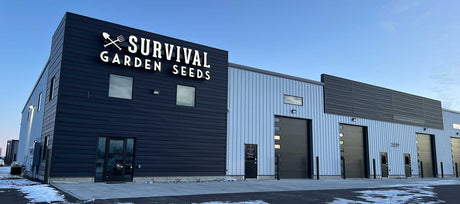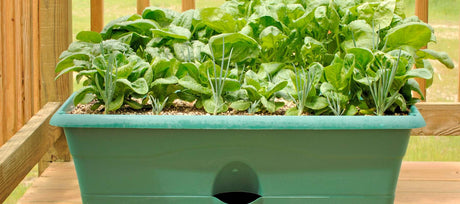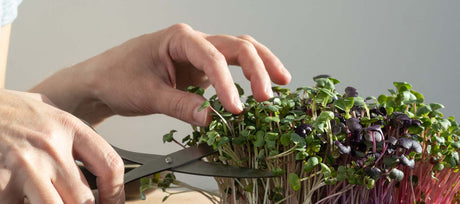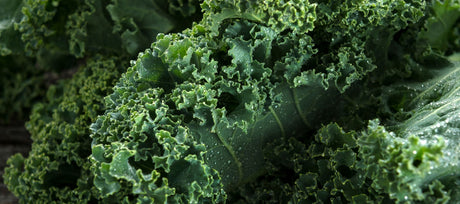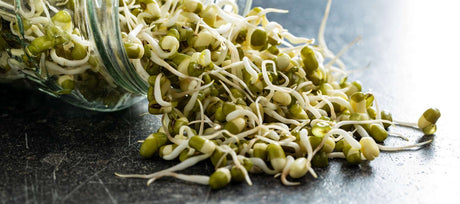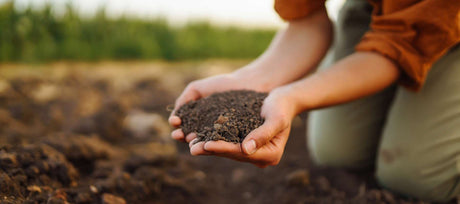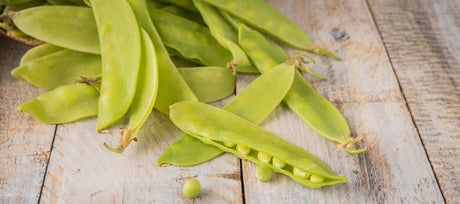Survival Garden Seeds provides a selection of high-quality mint plant seeds, perfect for starting an aromatic herb garden. Our non-GMO seeds are selected for their superior germination rates and reliability.
Growing Mint Seeds in Your Herb Garden
- Aromatic, multi-purpose plants
- Diverse varieties including native lemon mint and classic peppermint
- Heirloom, non-GMO seeds
- Suitable for containers and in-ground planting
INTRODUCING MINT SEEDS
Mint has been cherished for a long time. It is praised for its aromatic and culinary qualities, as well as for medicinal use. Many classic mint varieties come from across Europe, Africa, and Asia, but there are also mints native to the USA, including our own Lemon Mint or Lemon Bee Balm (Monarda citriodora). These plants are durable and can easily be grown in USDA hardiness zones 3 to 11. Their ability to thrive in different conditions makes them a stellar choice for all gardeners - novice or seasoned.
PLANTING MINT SEEDS
Start seeds indoors in pots or trays using a quality seed starting mix. Sow the seeds on the soil surface, lightly pressing them in. Keep the soil moist. Germination will depend on the variety. For most, it will occur within 10 to 14 days. Once the seedlings have developed a few true leaves and the danger of frost has passed, they can be transplanted. Remember that mint spreads quickly and can overtake an area, so planting mint seeds in pots or raised beds is helpful if you’d like to keep these vigorous plants contained.
MAINTAINING MINT PLANTS
Mint plants require regular watering, so keep the soil consistently moist. Pruning the tips of the plants will encourage bushier growth. Check the seed pack for information on whether your variety needs full or partial sunlight, as well as other maintenance tips.
With our heirloom mint seeds, gardeners have a chance to grow these wonderful versatile herbs. Fresh mint leaves add delicious flavor to dishes and drinks alike. Each variety of mint has medicinal uses that can add to your survival medicine cabinet. Additionally, planting mint in the garden can help deter pests, while also attracting beneficial pollinators.

